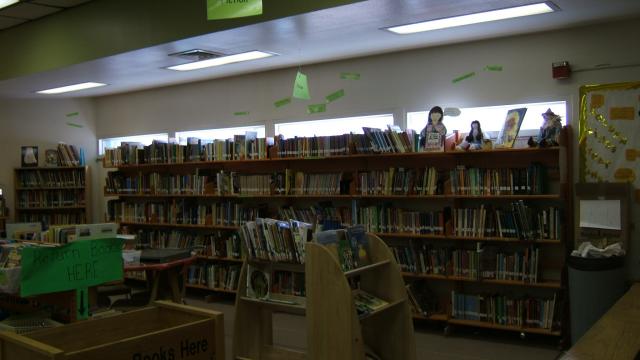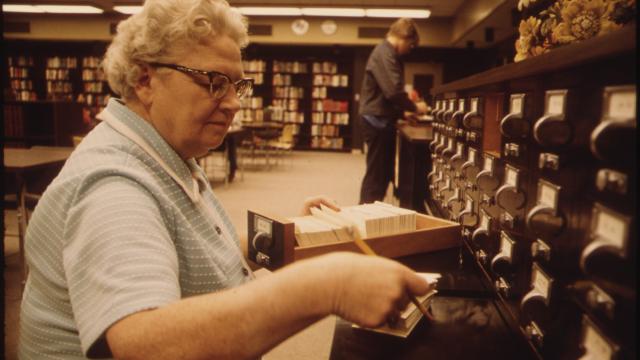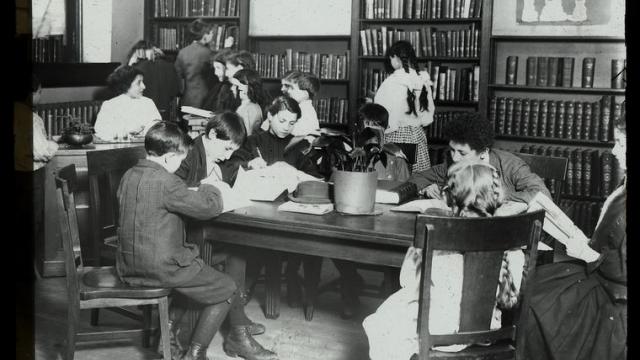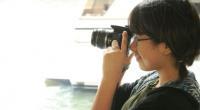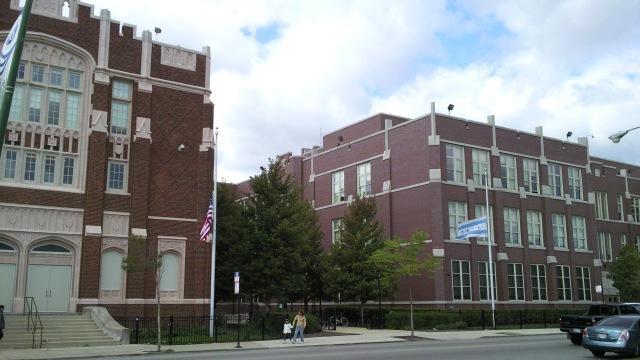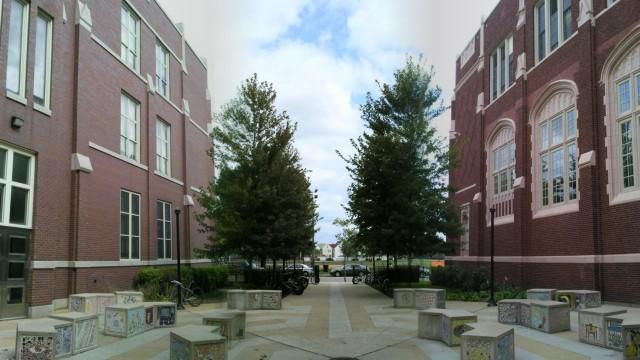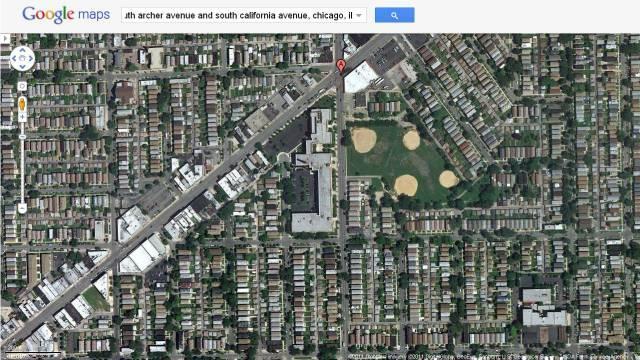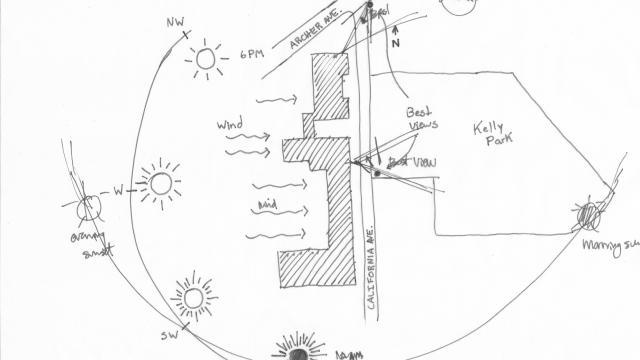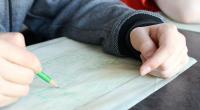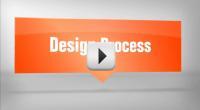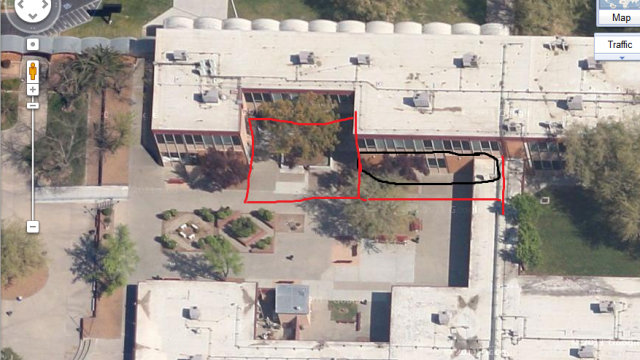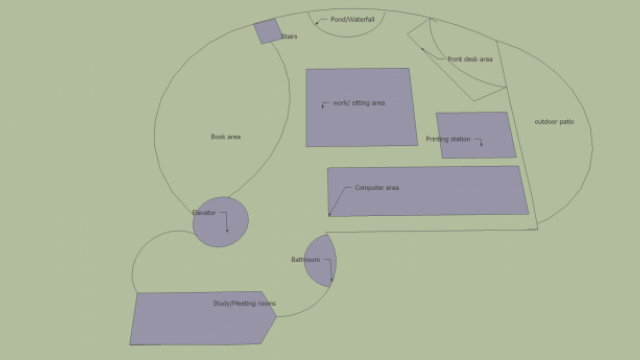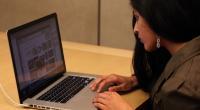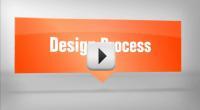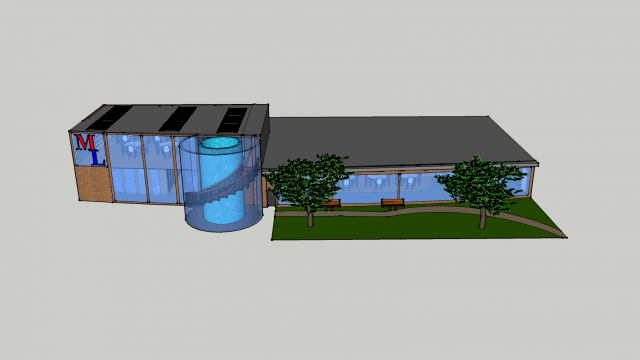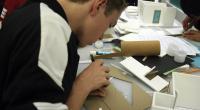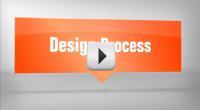
2013 national competition project | Library Redesign #187
Design Brief
Problem Statement: Redesign and improve my High School’s library.
Client: CAF
Target Consumer: High School students, teachers, school staff, etc…
Criteria: - create a new design for high school library
- Be green (eco-friendly)
- Construct computer area, audio visual labs, café and a workshop area
Constraints: - unlimited budget
- 5 foot walk space minimum
- Cannot remove necessary columns in library
- Has to be the same size as the current library
Brainstorm: - have a computer area with both macs and pc’s to satisfy students
- Have comfortable chairs in the reading area to allow them to read comfortably
- In the computer area put the computers right next to each other to conserve space
- Have a café so people could get a quick bite while doing work
- Allow everyone to get free Wi-Fi to speed up their internet
- Have an emergency exit just in case of a fire
- Have many windows to allow natural sunlight in to save energy
.png)


